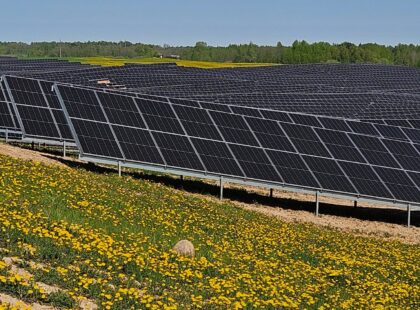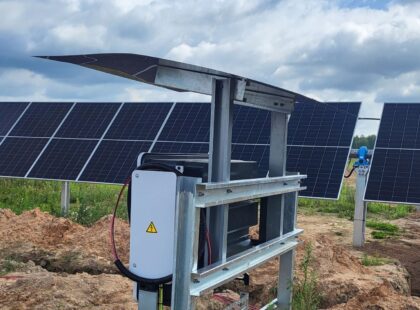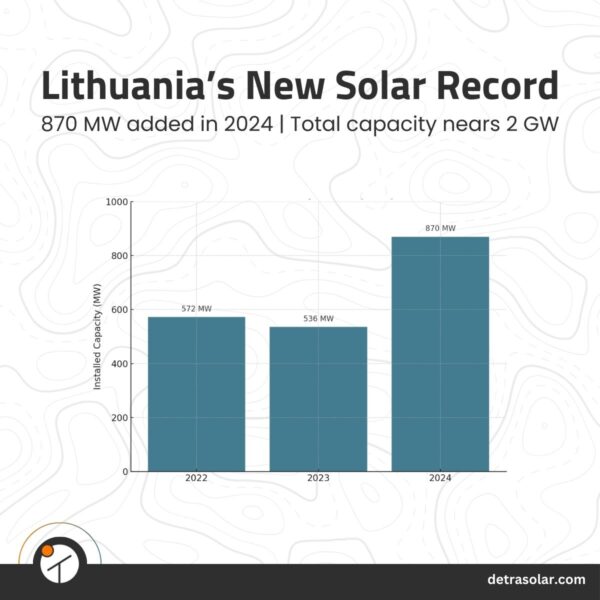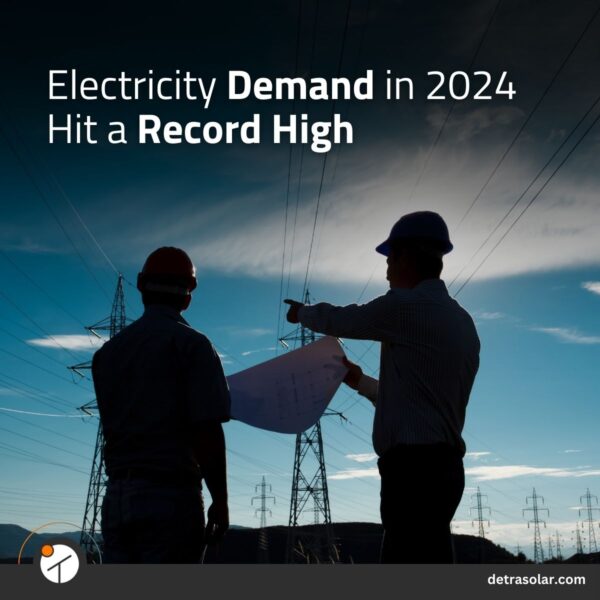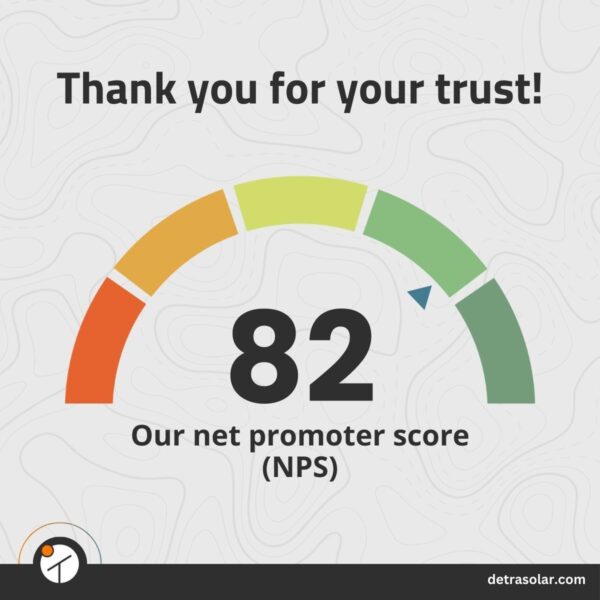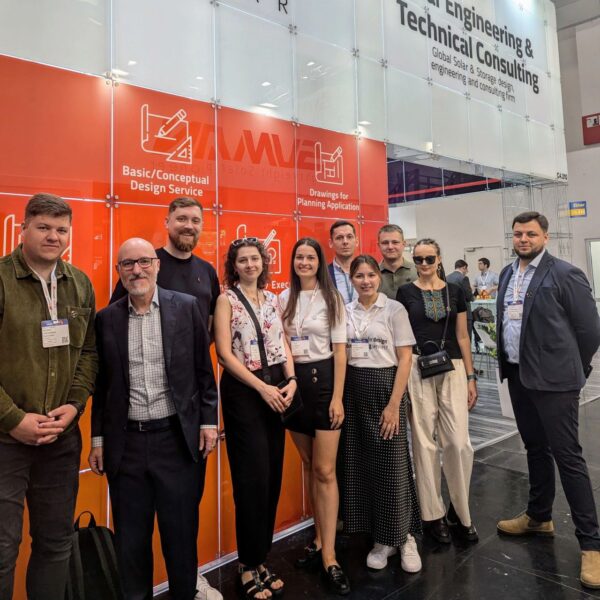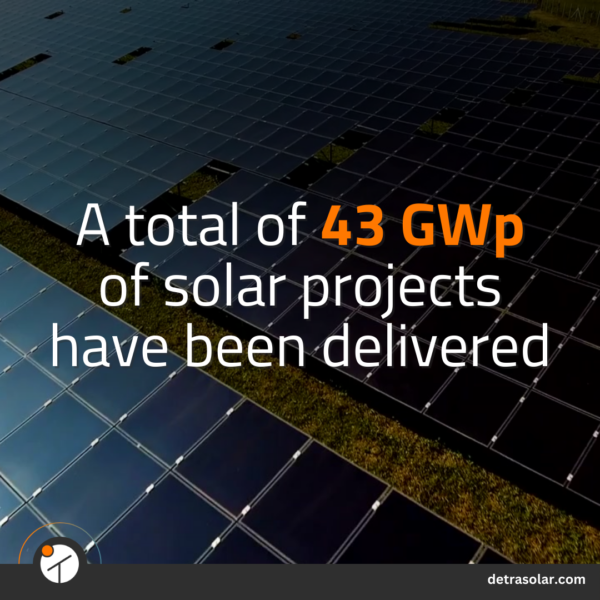Reducing Risks with Owner’s Engineering in Solar & Storage Projects | Webinar Recap
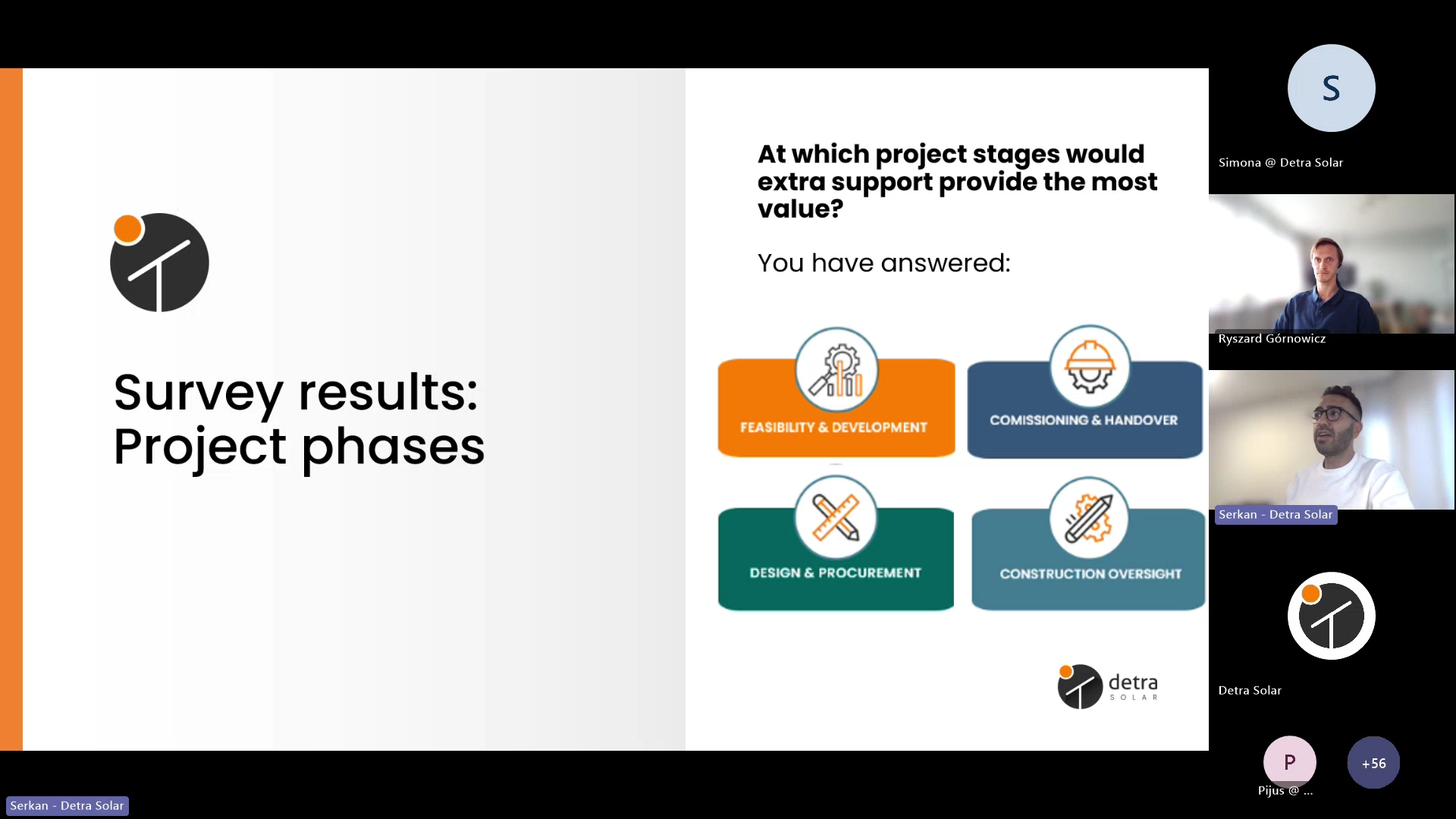
Utility-scale solar and battery energy storage projects are growing rapidly – but so are the risks that come with them. From optimistic feasibility assumptions to overlooked quality checks, small errors at any stage can translate into millions in lost value over a project’s lifetime.
Projects often face challenges like:
- Overestimating energy yield during feasibility
- Poor site selection or mismatched technology choices
- Design shortcuts that compromise long-term performance
- Procurement decisions that lock in vendor risks
- Construction or commissioning gaps that delay handover and jeopardize compliance
That’s where Owner’s Engineering (OE) comes in. An OE provides the independent oversight needed to keep projects aligned with the owner’s goals – protecting quality, compliance, and long-term returns.
At Detra Solar, we recently hosted a webinar exploring this very topic. In this article, we’ll share the key insights: what an Owner’s Engineer is, why they matter, and how they can help safeguard the success of your project.
What is Owner’s Engineering?
An Owner’s Engineer (OE) acts as an independent technical advisor throughout the lifecycle of a solar or storage project. Unlike EPC contractors, whose main goal is to deliver at the lowest possible cost and risk to themselves, the OE ensures that every decision aligns with the owner’s long-term requirements, compliance obligations, and performance expectations.
This independence is what makes the OE valuable. An OE can:
- Validate assumptions made during feasibility studies
- Review and optimize designs for long-term operability and serviceability
- Identify risks early, before they escalate into costly redesigns or disputes
- Ensure compliance with standards, grid codes, and local regulations
In short, the OE represents the investor’s side of the table – safeguarding quality, performance, and bankability from feasibility through to project handover.
Why It Matters
Large-scale solar and BESS projects are complex and high-stakes. Independent OE support helps owners and developers:
✅ Acts as independent technical advisor for the project owner
✅ Ensures EPCs & suppliers meet design, quality, and performance standards
✅ Provides oversight across the project lifecycle: feasibility → operations
✅ Protects owner’s interests in cost, schedule, compliance, and reliability
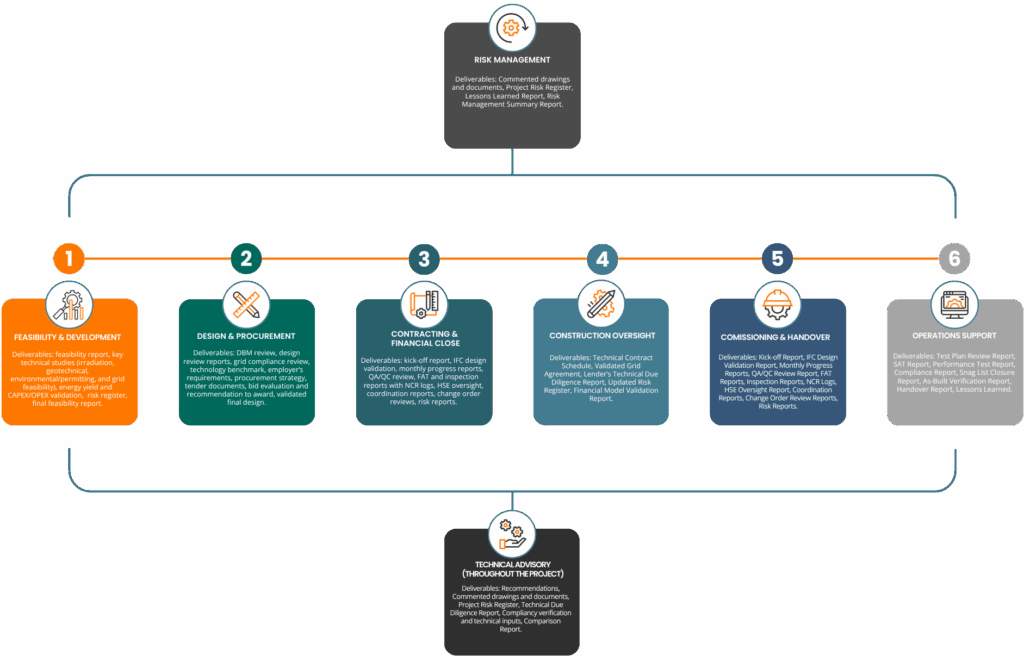
Owner’s Engineering Process Flow at Detra Solar
Where OE Adds the Most Value
OE oversight isn’t just for one stage of a project – it safeguards the outcome across the lifecycle. We ran a survey asking: At which project stages would extra support provide the most value?
Here’s what the responses revealed:
1. Feasibility & Development
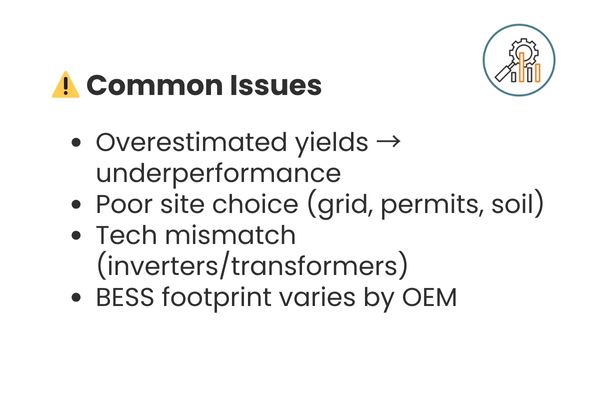
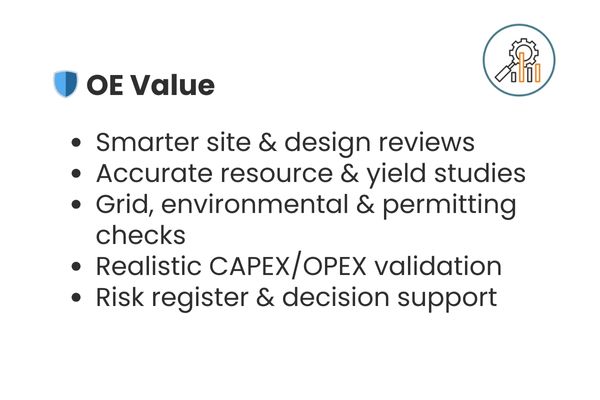
This is often where the most costly mistakes are made. Overestimated yield assumptions can lock in long-term underperformance, while poor site selection – whether due to grid constraints, permitting hurdles, or soil issues – can undermine viability before a project even begins. Technology mismatches, such as incompatible inverters or transformers, and the varying footprints of BESS systems from different OEMs also add complexity.
An OE mitigates these risks by validating irradiation and yield studies, reviewing site and design choices, and ensuring grid, environmental, and permitting checks are robust. At this stage, they also provide realistic CAPEX/OPEX assessments and deliver a clear risk register, giving owners a reliable foundation for decision-making.
2. Design & Procurement
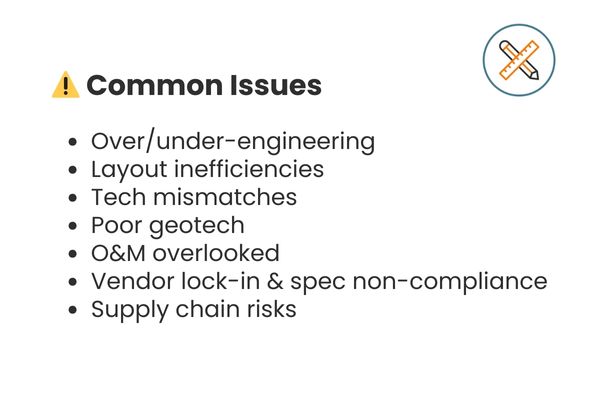
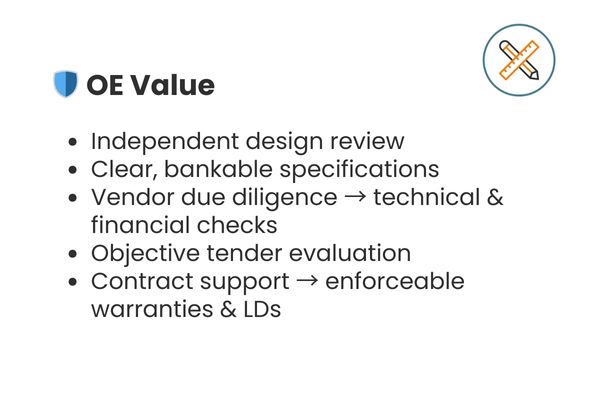
When it comes to design, the cheapest option is not always the best one. Over- or under-engineering, misaligned DC/AC ratios, or poorly optimized BOS sizing can compromise performance. Layout inefficiencies, shading risks, and limited access for operations and maintenance often go unnoticed until it is too late. On the procurement side, issues such as weak geotechnical studies, overlooked O&M considerations, vendor lock-in, non-compliant specifications, or supply chain delays can all lead to costly setbacks.
An OE steps in with an independent perspective, reviewing designs for constructability, compliance, and long-term operability. They develop clear, bankable specifications, conduct vendor due diligence, and provide objective tender evaluations. Importantly, they also support contract negotiations – ensuring warranties, performance guarantees, and liquidated damages are clearly enforceable.
3. Construction Oversight
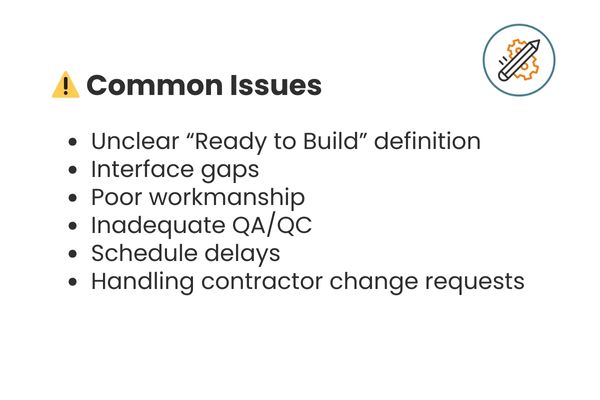
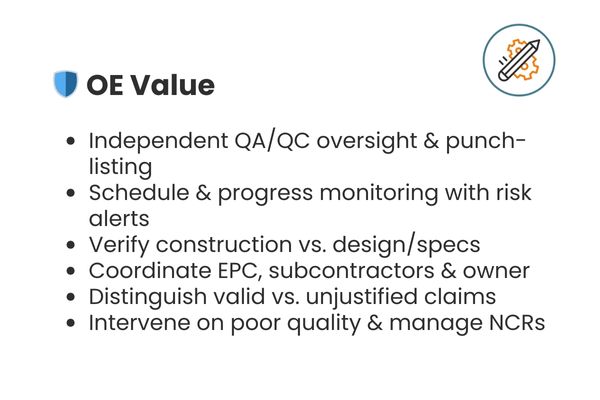
Even with solid designs, execution can falter during construction. Common challenges include vague definitions of what “ready to build” means, interface gaps between contractors, and workmanship issues such as loose bolts, misaligned trackers, damaged cables, or poor grounding. Weak QA/QC processes, undocumented inspections, and delays in civil works or supply chains further threaten delivery. Contractors may also raise unjustified change requests, adding disputes and costs.
Here, the OE provides independent quality oversight, verifying that the project is being built in line with the approved design and technical specifications. They monitor schedule progress, raise early alerts on risks, and coordinate between EPCs, subcontractors, and the owner. Crucially, they are able to distinguish between valid and invalid claims and intervene when poor quality needs to be corrected – protecting both the project’s timeline and long-term reliability.
4. Commissioning & Handover
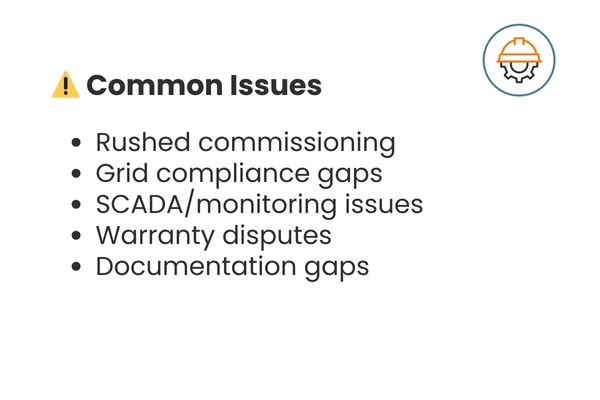
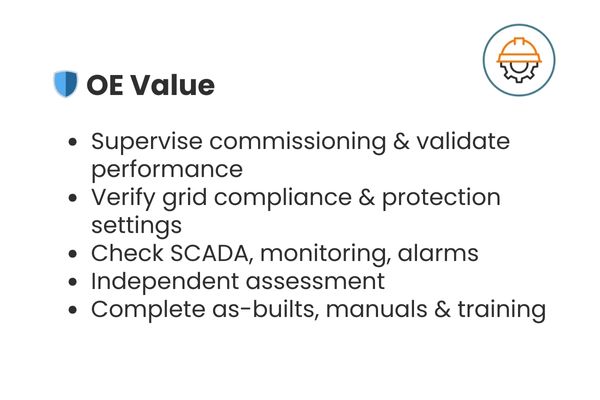
Commissioning is the final proving ground – but often the most rushed. Performance ratio tests, inverter functionality, and BESS validation are sometimes incomplete. Grid compliance issues, such as missing protection or frequency tests, can lead to regulatory challenges. Misconfigured SCADA systems, missing alarms, and incomplete documentation – from as-builts to training manuals – create long-term risks for operators.
An OE safeguards this critical phase by supervising and validating commissioning tests, ensuring grid code compliance, and checking SCADA and monitoring systems. They provide an independent performance assessment that supports warranty enforcement and guarantees. Just as importantly, they ensure that as-builts, manuals, and operator training are complete, setting up the operations team for long-term success.
The Case for Early Involvement
The earlier OE is engaged, the greater the impact. Small corrections during feasibility or design can prevent major redesigns, delays, or financial losses later. By commissioning, OE still adds value – but adjustments become more like “acupuncture” than course corrections.
Final Takeaway
In utility-scale solar and BESS, success isn’t just about building fast and cheap – it’s about building right for the next 20+ years.
Owner’s Engineering provides the independent oversight that keeps projects compliant, bankable, and reliable, protecting both investors and developers.
📩 Want to explore how OE can strengthen your next project?
Contact us today to discuss your project needs with our team of solar and storage experts.
🎥 Want to Dive Deeper?
You can watch the full webinar recording here:
